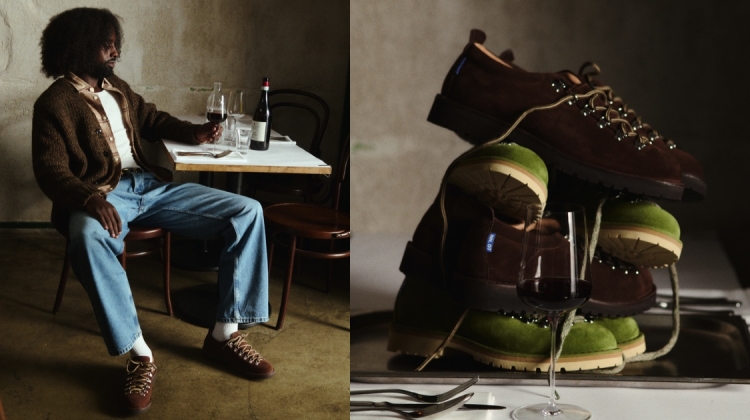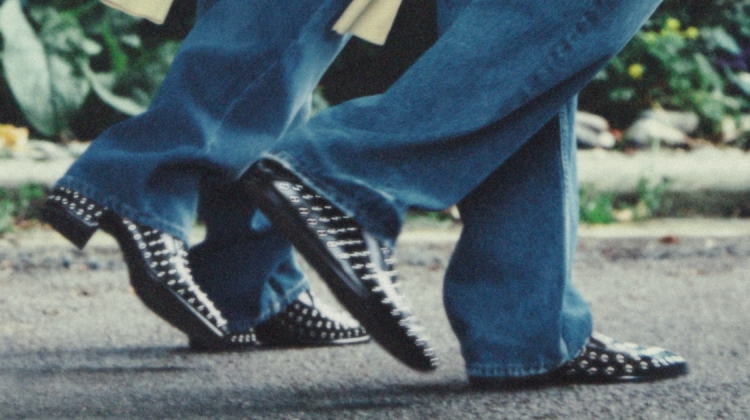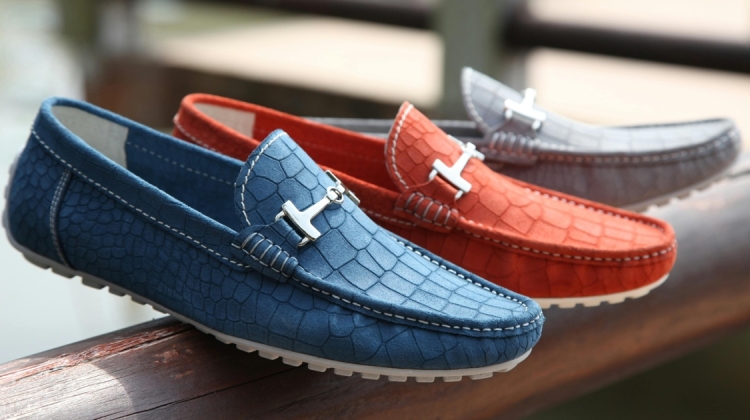
How should shoes fit for men? Shoes should fit securely without pinching, provide ample toe room, and support the natural shape of your foot for all-day comfort and proper alignment.
Understanding the importance of fit, the anatomy of a shoe, and how to determine foot size and shape are key to finding the ideal size. Taking these factors into account ensures optimal comfort and functionality.
How Should Shoes Fit
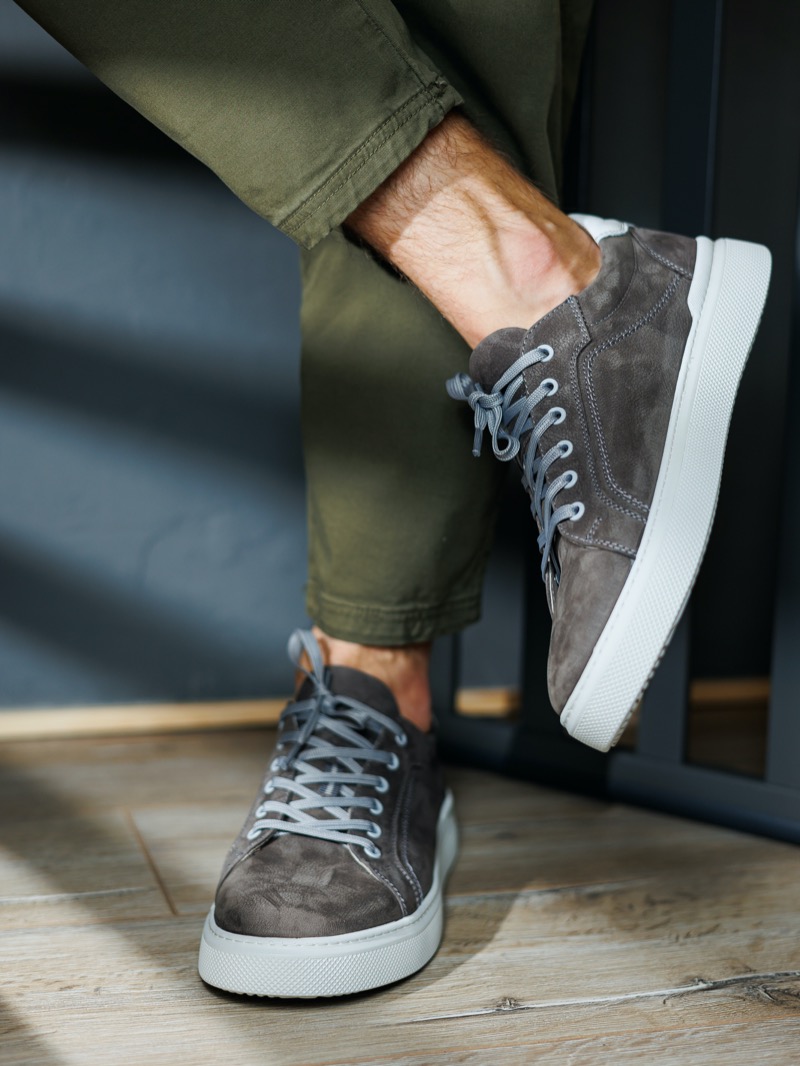
The right shoe fit is essential for maintaining comfort, support, and long-term foot health. Properly fitting shoes enhance daily activities and contribute to overall well-being. They also prevent potential health issues caused by improper footwear.
Why Foot Size & Shape Matter for the Perfect Fit
Accurately assessing foot size and shape is fundamental to achieving the ideal fit. Misjudging these dimensions often leads to wearing shoes that are either too tight or too loose, causing discomfort and potential health problems.
Measuring Your Foot
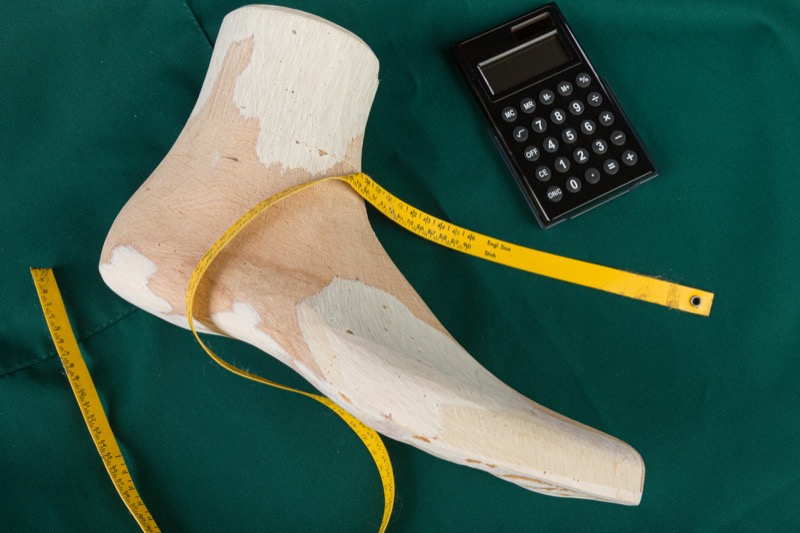
Taking precise foot measurements can be done easily at home with simple tools. Using a ruler or measuring tape, measure both the length and width of your foot. Since feet tend to swell during the day, it’s best to measure them in the evening for the most accurate size.
Additionally, measure both feet, as slight differences between the two are common. Always select shoes based on the larger measurement to ensure a proper fit. This approach ensures your chosen footwear accommodates your feet comfortably, reducing the risk of issues like blisters or calluses.
Foot width is equally important when determining the right fit, as shoes that are too narrow can cause discomfort and restrict circulation. For individuals with broader feet, exploring options like wide shoes for men can help ensure both comfort and proper support.
A practical method involves standing on a sheet of paper, tracing your foot outline, and then measuring from the heel to the longest toe for length and across the widest part for width. This not only captures your foot’s dimensions but also highlights any unique features, such as bunions or calluses, that may influence your choice of footwear.
Record measurements in both inches and centimeters to accommodate varying sizing systems across brands.
Identifying Your Foot Shape
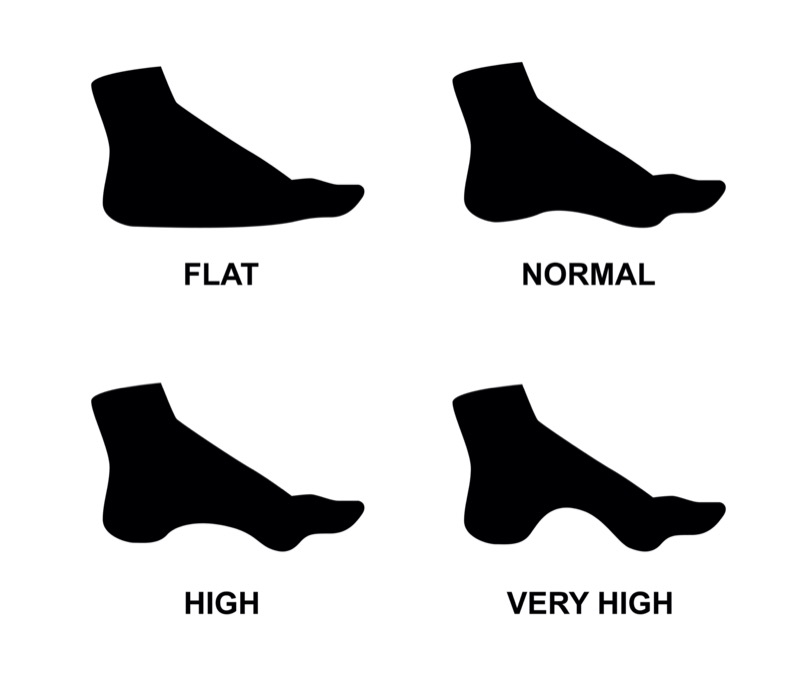
Foot shape plays a critical role in selecting shoes that offer optimal support. Generally, feet fall into three categories: flat, neutral, and high-arched. Each type affects weight distribution and impacts how shoes perform during activities.
- Flat feet often require enhanced arch support to prevent overpronation and improve stability.
- High arches benefit from cushioning to absorb shock and enhance comfort during movement.
- Neutral arches are more versatile, accommodating a wider range of shoe designs.
Understanding your foot shape also helps determine the right shoe for your gait. For example, flat feet may lead to overpronation, while high arches typically cause underpronation. Selecting the right shoe type can mitigate these tendencies, improving comfort and performance.
Steps to Finding the Right Shoe Size
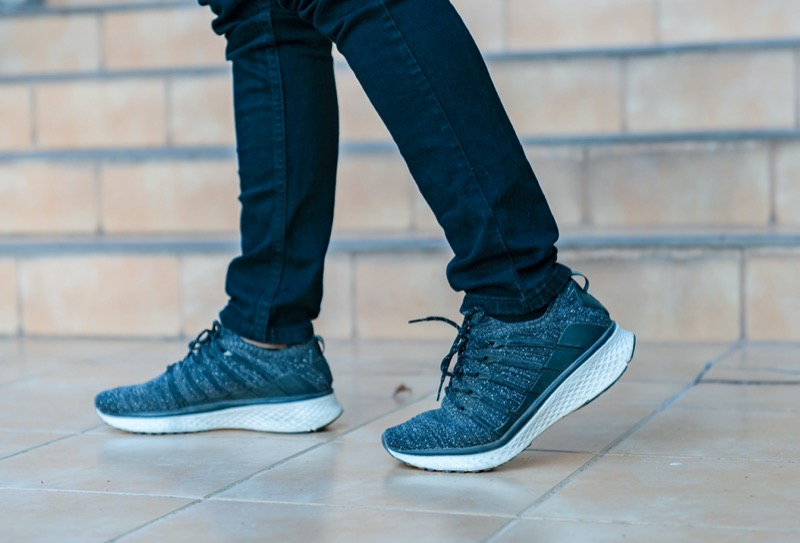
With an accurate understanding of your foot’s dimensions, the next step is selecting the correct shoe size. Variations in manufacturers and styles can complicate the process, making it essential to consult size charts and try on multiple options.
Interpreting Shoe Size Charts
Shoe size charts are a helpful guide, translating foot measurements into standard sizes. However, these charts differ between brands and regions, making it important to follow the specific guidelines provided by the manufacturer.
Accurate measurements of both feet are essential, as natural differences between them or factors like swelling can impact sizing. Always base your choice on the larger foot measurement to ensure a better fit. Pairing these measurements with a brand-specific size chart helps identify the most suitable option.
Factors to Consider When Choosing a Size
Several factors can influence the right size for different footwear types. Athletic shoes, for example, often require a snug fit to minimize movement and reduce the risk of friction-related discomfort. Casual or dress shoes may allow for more flexibility in fit.
Additional considerations include the natural swelling of feet throughout the day, the use of orthotics, and the thickness of socks typically worn. Accounting for these variables ensures your shoes cater effectively to your lifestyle and activities.
How to Check for a Good Shoe Fit
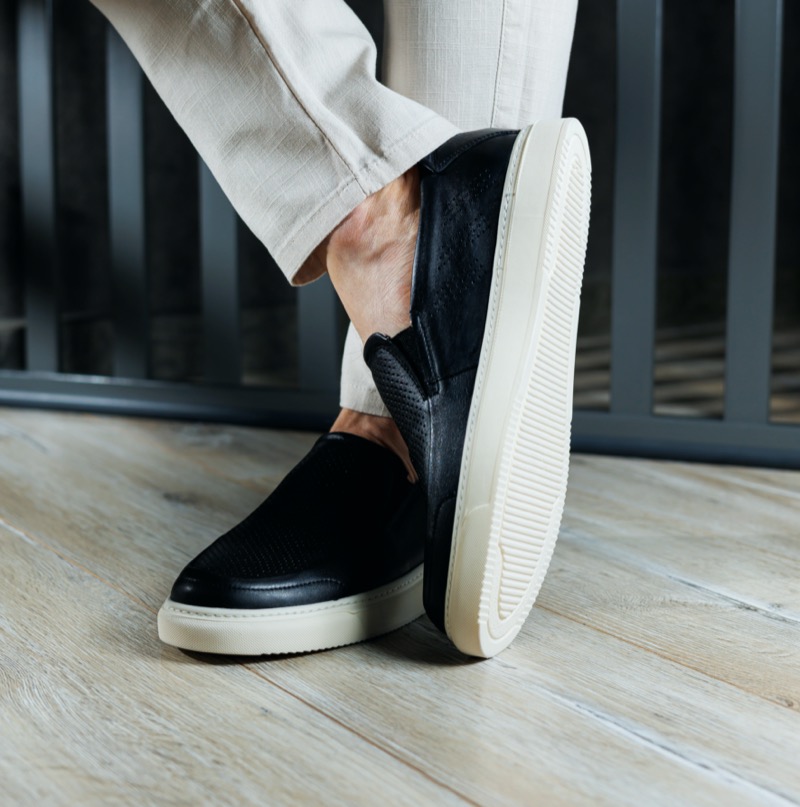
After determining your shoe size, ensuring a proper fit is the final and critical step. Simple yet effective tests can help confirm that the shoes provide both comfort and support.
The Thumb Rule
A key indicator of a good fit is the thumb rule, which ensures there is enough space in the toe box to wiggle your toes. Ideally, the front of the shoe should have about a half-inch gap between the longest toe and the shoe’s edge. This allows room for natural foot movement without compromising stability.
If your toes feel cramped, it’s a sign the shoe is too small. Walking around in the shoes can also help gauge their comfort and support.
Heel Slippage & Toe Space
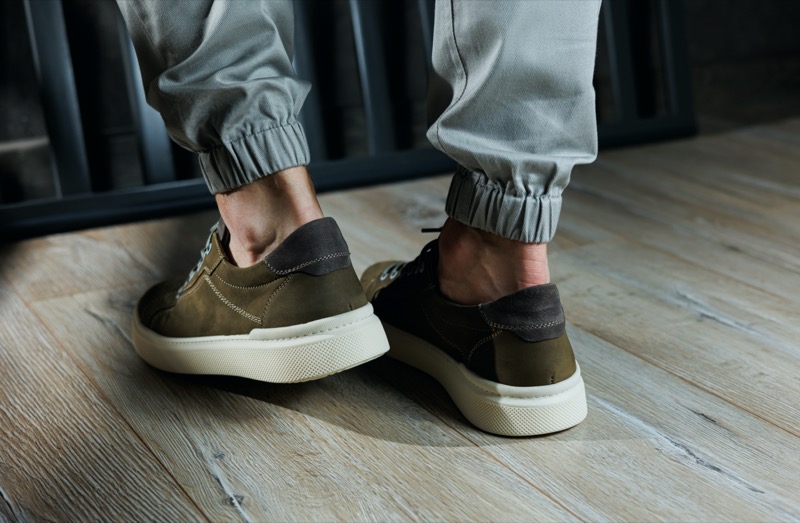
Heel slippage is another factor to check when evaluating fit. Shoes should securely hold the heel without excess movement, as slippage can cause blisters and discomfort. Similarly, there should be ample space at the front to prevent toes from pressing against the shoe’s interior.
Trying shoes with various socks and standing during the fitting process can account for changes in foot size throughout the day. Testing shoes under different conditions ensures they remain supportive and comfortable in various settings.
The Anatomy of a Shoe & Its Role in Fit
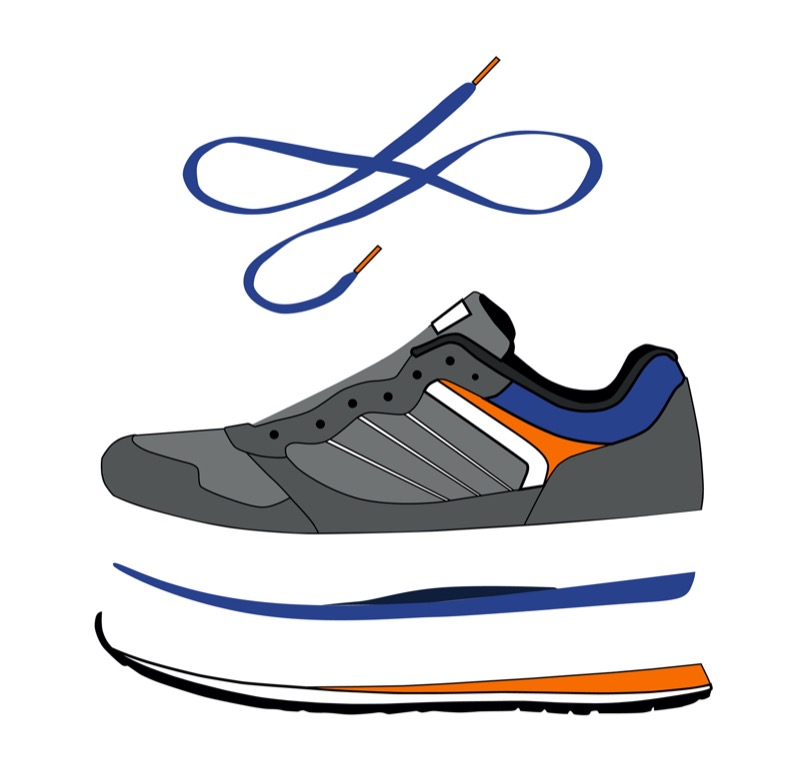
Knowledge of the anatomy of a shoe is crucial for finding the perfect fit. Each component plays a distinct role in determining how the shoe feels and performs, making it essential to recognize their impact on overall functionality.
Key Parts of a Shoe
- Upper: Covers the top of the foot, providing structure and support. A well-designed upper ensures a secure fit without pinching.
- Outsole: The durable bottom layer that delivers traction and stability, often made from rubber or similar materials.
- Insole: The interior layer offering cushioning and support, which can typically be adjusted or replaced for personalized comfort.
- Heel: Elevates and stabilizes the foot, with height and design influencing comfort and posture.
- Tongue: The flap covering the top of the foot, adding comfort and protecting against pressure from laces.
How Each Part Affects Fit
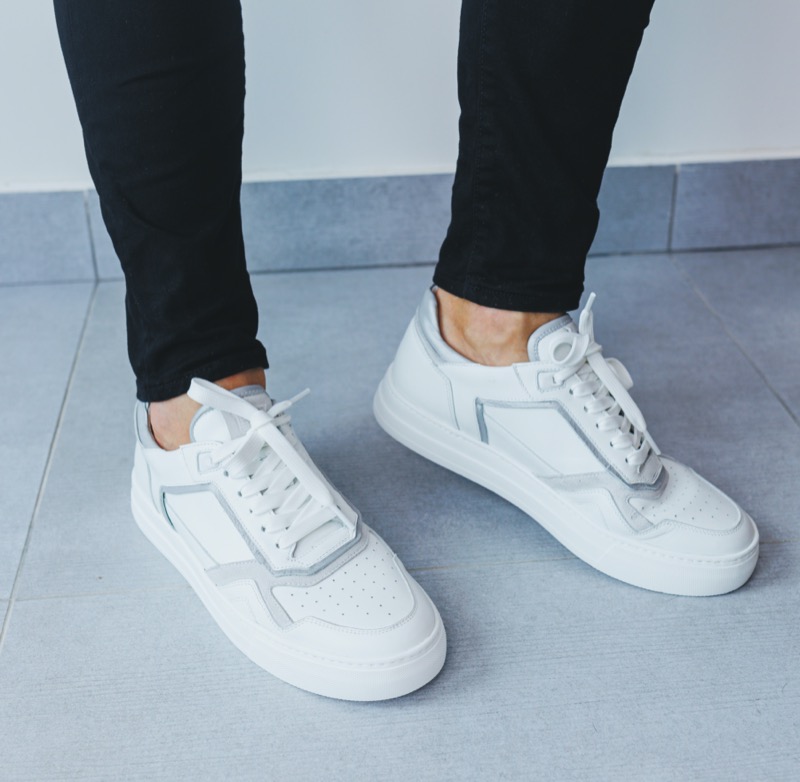
Each component contributes to the overall fit and comfort of a shoe. The upper should gently secure the foot without restricting movement, while the outsole determines stability on different surfaces.
The insole can be tailored for added support, accommodating unique foot structures. For formal shoes, the heel height influences balance and comfort, while athletic shoes prioritize cushioning and flexibility for dynamic movement.
By recognizing how these components influence fit, you can select shoes that align with your needs and activities, whether casual or performance-focused.
The Importance of a Proper Fit
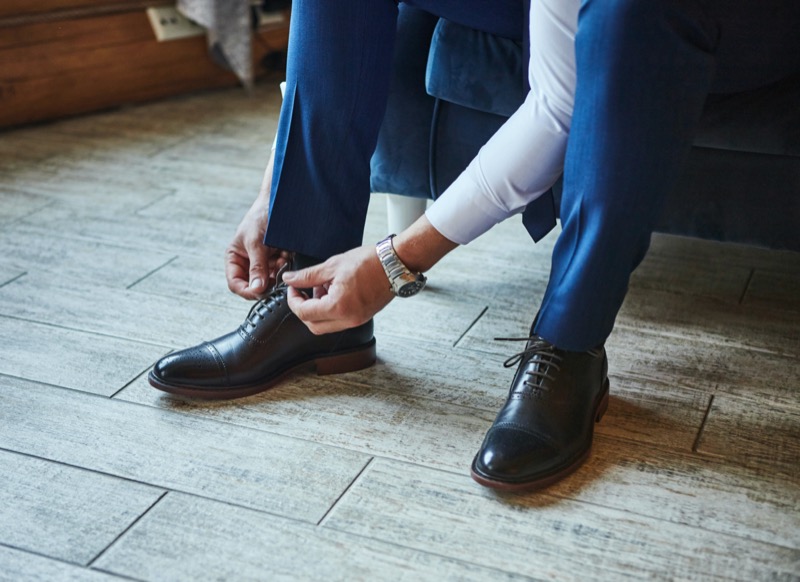
Proper shoe fit is vital for maintaining comfort during daily activities and preventing a host of foot-related health issues. Shoes that are too tight or too loose create friction and pressure points, resulting in painful blisters and calluses.
Over time, these issues can escalate into more severe conditions such as bunions, hammertoes, and plantar fasciitis, which, if left untreated, may cause chronic discomfort and significantly diminish quality of life.
Chronic foot pain doesn’t only affect the feet; it can ripple through the body, impacting the knees, hips, and lower back. Understanding these risks underscores the importance of proper shoe selection. Regular foot assessments and choosing shoes with the right fit are critical for maintaining foot health and supporting an active, pain-free lifestyle.
The Right Fit in Performance & Productivity
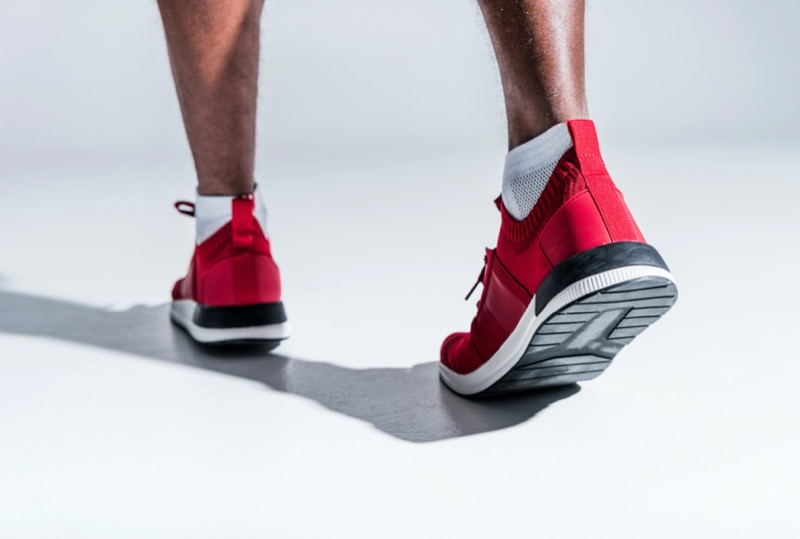
A well-fitted shoe is a game-changer for athletic performance and daily activities. For athletes and fitness enthusiasts, snug yet supportive footwear reduces the risk of injuries, blisters, and calluses.
In running, for instance, the right fit can determine whether a training session is a triumph or a setback caused by a painful injury.
Beyond athletics, well-fitting shoes play a vital role in posture and balance, benefiting both physical activities and everyday walking. For individuals who spend extended hours on their feet, such as healthcare workers and retail employees, proper footwear enhances productivity and comfort.
Selecting the right shoes improves performance and ensures a more enjoyable and efficient daily experience.
